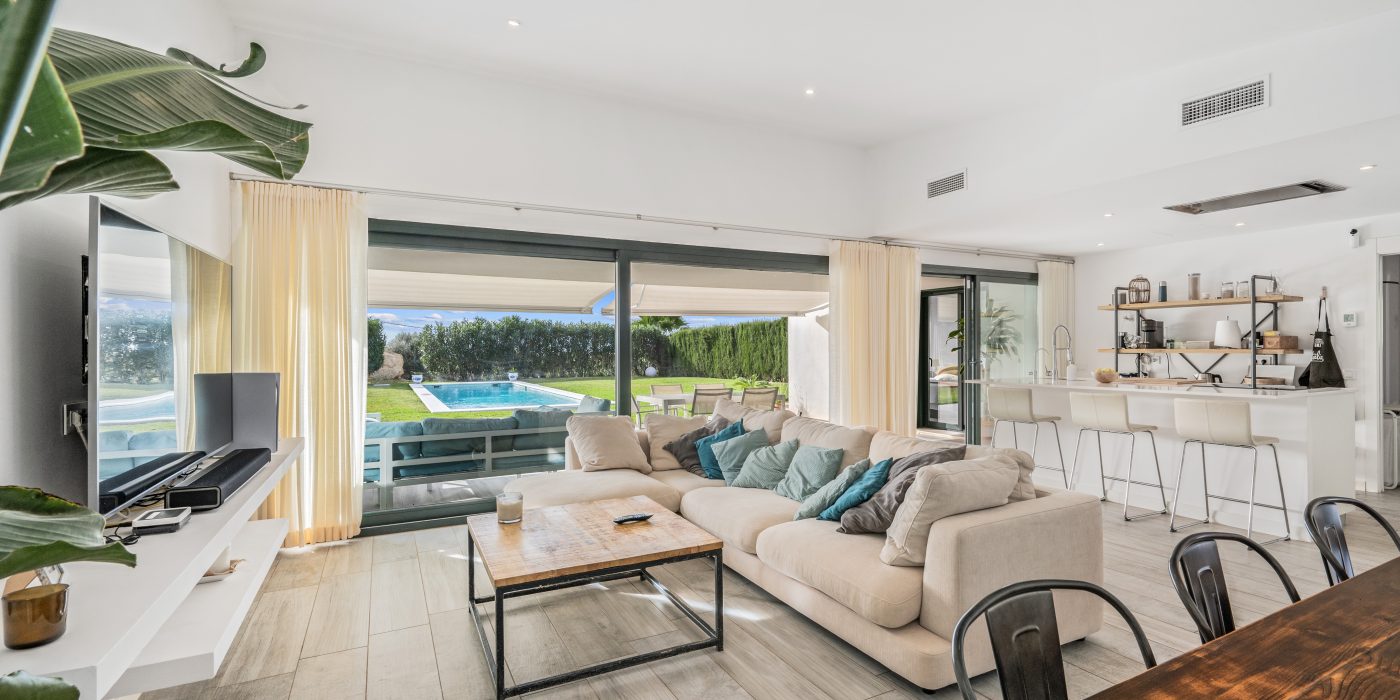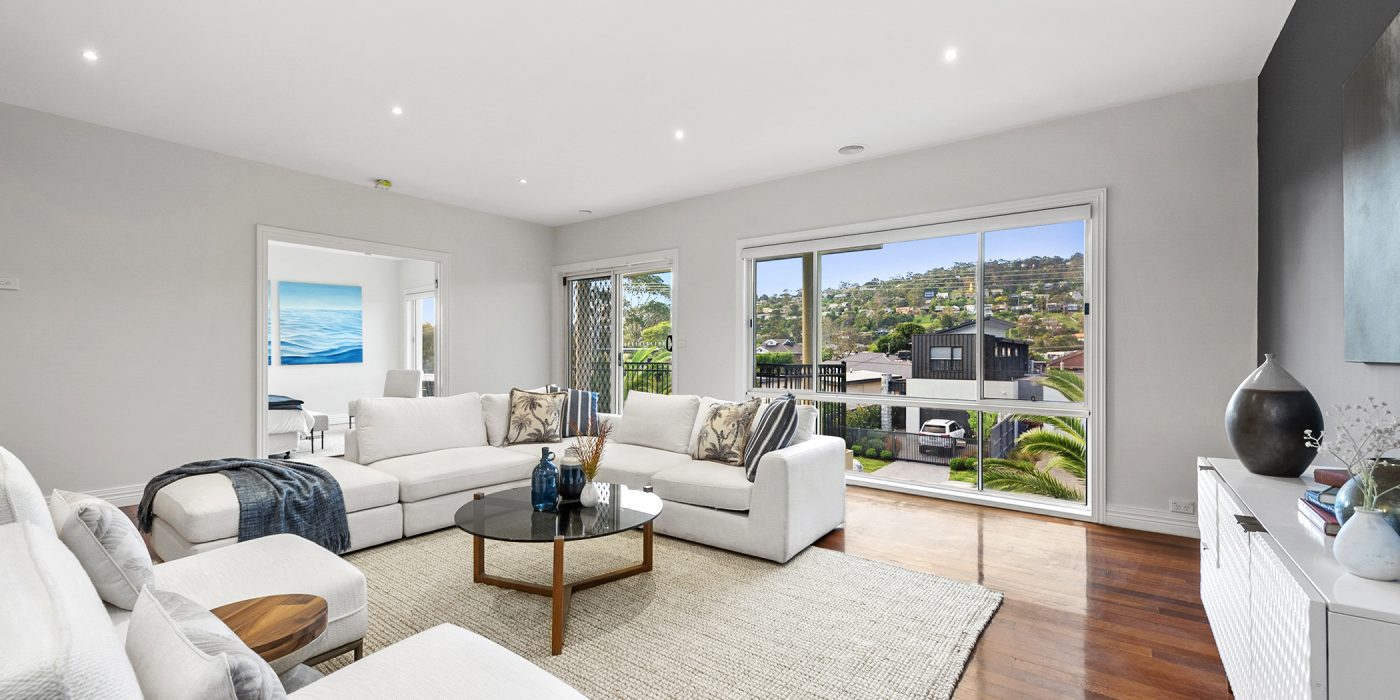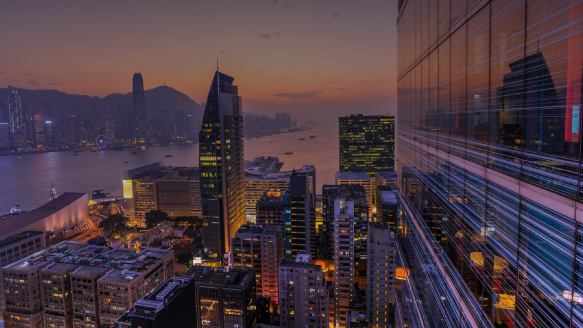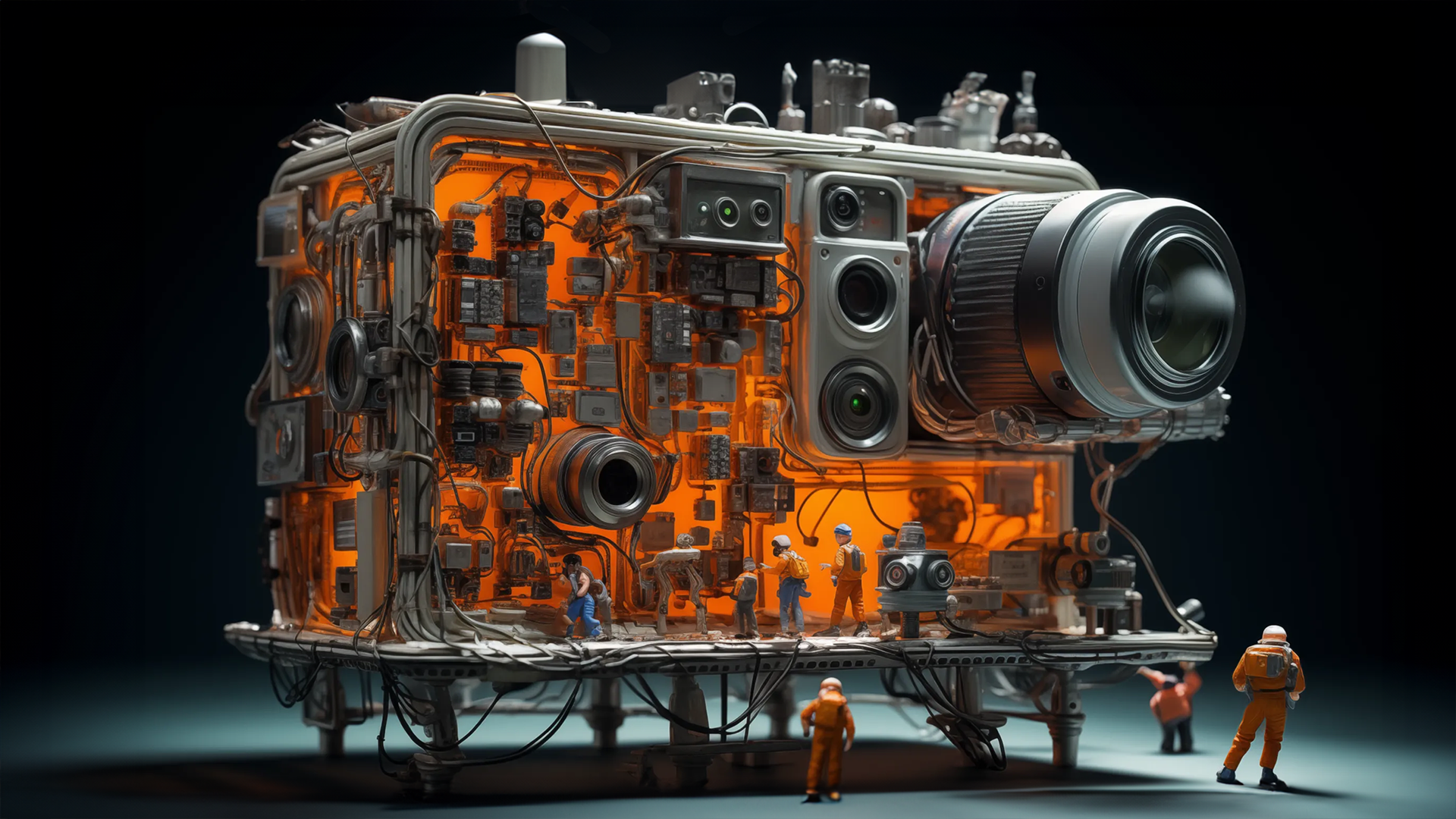Entering the world of real estate photography can be a rewarding but challenging journey. Much like any other creative field, it requires not only a good eye and technical skill but also a deep understanding of how to make spaces look their absolute best. Whether you’re just starting or are looking to refine your skills, this post will take you through the key stages of the photographer’s journey, offering practical tips to help you succeed in the competitive world of real estate photography.
Chapter 1: Mastering the Basics of Real Estate Photography
For any aspiring real estate photographer, the first step is understanding the fundamentals. Photography isn’t just about pointing a camera and clicking. You have to master key concepts like exposure, lighting, composition, and focus.
Exposure: Real estate photography often requires balancing both the interior and exterior lighting within a single shot. Exposure settings should be carefully chosen to prevent windows from becoming blown out while ensuring interior details aren’t lost in the shadows.
Lighting: This is arguably the most critical aspect of real estate photography. Good lighting can make a room feel spacious and inviting, while poor lighting can make it feel small and unappealing. Real estate photographers often use natural light to enhance their shots, but supplementary lighting (such as softboxes or flashes) can help eliminate harsh shadows, especially in darker rooms.
Composition: A strong composition is what makes an image captivating. The Rule of Thirds is a great starting point, but you can also experiment with different angles and focal points. When photographing a living room or kitchen, try shooting from the corner to capture more of the space. Wide-angle lenses are helpful, but don’t forget that distortion can occur—so adjust your perspective to minimize it.
Chapter 2: Navigating the Challenges of Lighting
One of the most significant hurdles that real estate photographers face is lighting. Not only does lighting vary based on the time of day, but each room of a property may require a different approach to achieve the desired result.
Natural vs. Artificial Light: Natural light is often the preferred choice, as it adds warmth and realism to a shot. However, harsh midday sunlight can create unflattering shadows. Ideally, shoot during the “golden hour” (shortly after sunrise or before sunset) when the light is softer and more diffused.
For rooms that don’t have sufficient natural light, you’ll need to use artificial lighting to fill in the gaps. Softboxes, LED panels, and external flashes are commonly used by real estate photographers to eliminate shadows and create an even light distribution. This is especially helpful for darker spaces like basements or windowless rooms.
Avoiding Overexposure: It’s easy to get carried away with lighting, but overexposing a shot can result in losing critical details. Always keep an eye on the histogram and make adjustments as needed. Post-processing can also help fix minor exposure issues, but it’s best to capture the image correctly in-camera.
Chapter 3: The Importance of Wide-Angle Lenses
When shooting real estate, one of the most essential tools in your kit is a wide-angle lens. Why? Simply put, wide-angle lenses help make rooms appear more spacious, which is crucial for showcasing a property’s potential.
However, wide-angle lenses can sometimes distort straight lines, especially when photographing narrow rooms or corners. To avoid distortion, try to keep the camera level and shoot at the appropriate distance. Additionally, lenses with lower focal lengths (e.g., 16mm to 24mm) are great for real estate work.
Correcting Distortion: Even with the best technique, some distortion may still occur. This is where post-production comes into play. Software like Lightroom or Photoshop allows you to fix barrel distortion and straighten lines, ensuring your photos look crisp and natural.
Chapter 4: Staging – The Key to Bringing Spaces to Life
A picture may speak a thousand words, but the story it tells can be even more compelling when a space is properly staged. Real estate photography isn’t just about showing the physical structure of a property; it’s about capturing its potential and creating an emotional connection with buyers.
Decluttering: Many homes, especially those still occupied, may have too much furniture or personal belongings that distract from the space itself. A good photographer knows how to gently suggest decluttering before the shoot or make minor adjustments on-site to help the property look its best.
Virtual Staging: In cases where staging isn’t possible—whether due to budget constraints or time limitations—virtual staging is a valuable solution. Virtual staging allows you to add furniture and décor digitally, creating a polished look that appeals to potential buyers. It’s also a cost-effective way to showcase empty properties.
Highlighting Key Features: A well-staged home draws attention to the property’s strengths. Make sure to emphasize features like fireplaces, large windows, or open kitchens. By carefully framing your shots, you can capture these standout elements in their best light.
Chapter 5: Post-Production – Refining Your Images
While capturing the perfect shot is essential, post-production is where the real magic happens. Real estate photos often need fine-tuning to ensure they look polished and professional.
Color Correction: Homes may have different lighting sources, resulting in inconsistent color temperatures. Use post-processing software to correct white balance and ensure that colors appear natural and vibrant.
Enhancing Details: Sometimes, the details in your shot (such as wood textures, tile patterns, or landscaping) need a little extra punch. Light sharpening, contrast adjustments, and selective exposure can help bring out the finer details.
Removing Unwanted Elements: During a shoot, you may notice small imperfections like electrical cords, reflections in windows, or trash cans in the yard. These distractions can be removed or minimized during editing to keep the focus on the property.
Chapter 6: Managing Client Expectations
As you grow in the real estate photography field, you’ll realize that managing client expectations is just as important as producing great photos. Clear communication is key to ensuring both you and your client are on the same page.
Pre-Shoot Communication: Discuss the property, the client’s vision, and their expectations before you arrive. Understand their goals—are they looking to sell quickly? Do they want to highlight specific features like a home office or a landscaped garden? Knowing these details will help guide your shoot.
Turnaround Time: Real estate agents often need photos quickly for listings, so make sure to set realistic expectations for how long post-production will take. Establish clear deadlines for both the shoot and the delivery of final images.
Professionalism: Always deliver quality work on time, but also be flexible with your approach. Real estate photography is often a collaboration between the photographer and the client. Always be open to feedback and make adjustments when necessary.
Conclusion: The Journey Never Ends
Becoming a successful real estate photographer requires continuous learning, practice, and adaptation. With the right tools, skills, and mindset, you can navigate the challenges and excel in the field. Mastering lighting, composition, and post-production, while understanding how to work with clients, will set you apart in a competitive industry.
As you continue to refine your craft, remember that every shoot is an opportunity to improve. Keep experimenting, stay up-to-date with industry trends, and above all, remain passionate about the art of photography. Your journey as a real estate photographer is just beginning—so take the next shot and see where it leads.
Contact https://www.realedit.vn/ today for fast, cost-effective real estate photography solutions!
Top 10 tips for real estate photography
https://www.youtube.com/watch?v=nXrMHlie29k
#RealEstatePhotography #PhotographyTips #RealEstateMarketing #RealEstatePhotographyJourney #PropertyPhotography #SellFaster #CinematicPhotography #RealEstateSuccess #PhotographyBusiness







.png)



